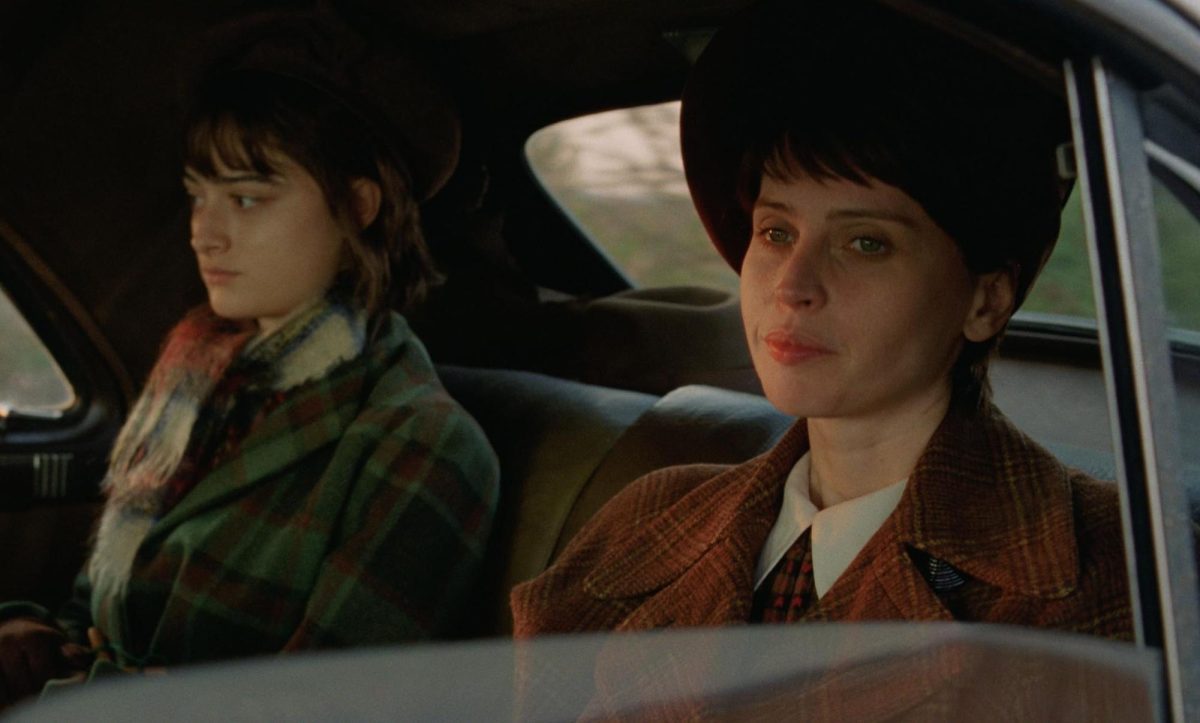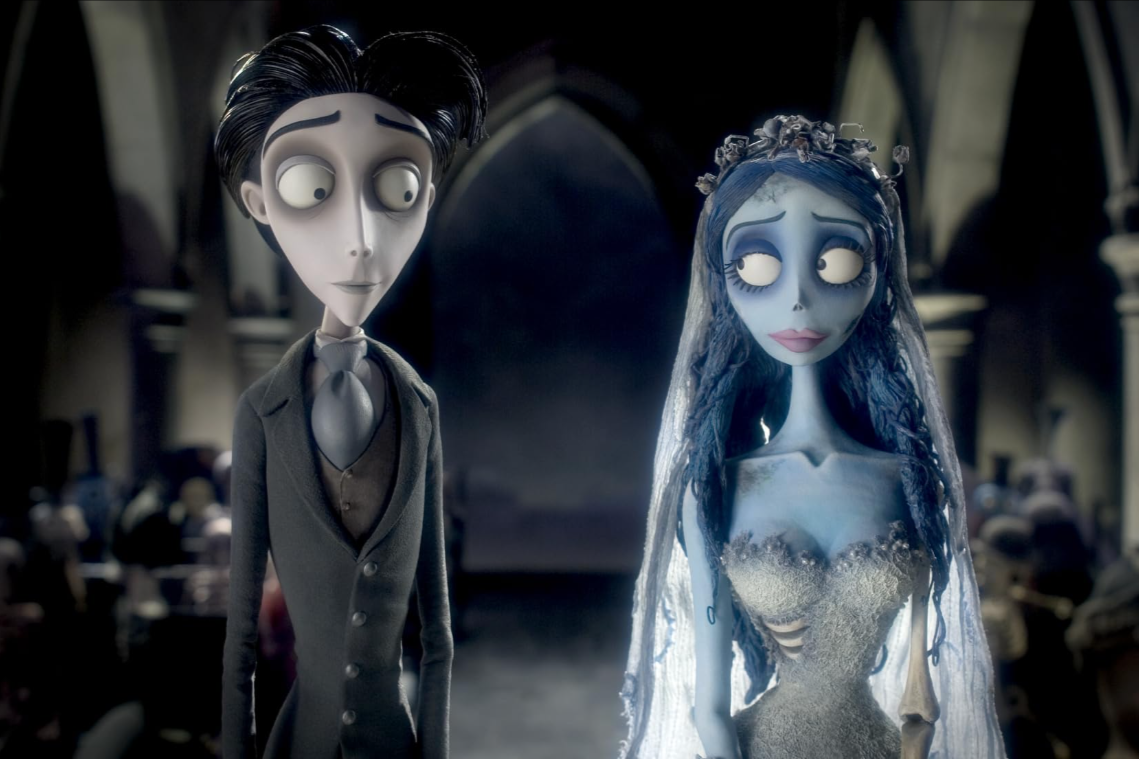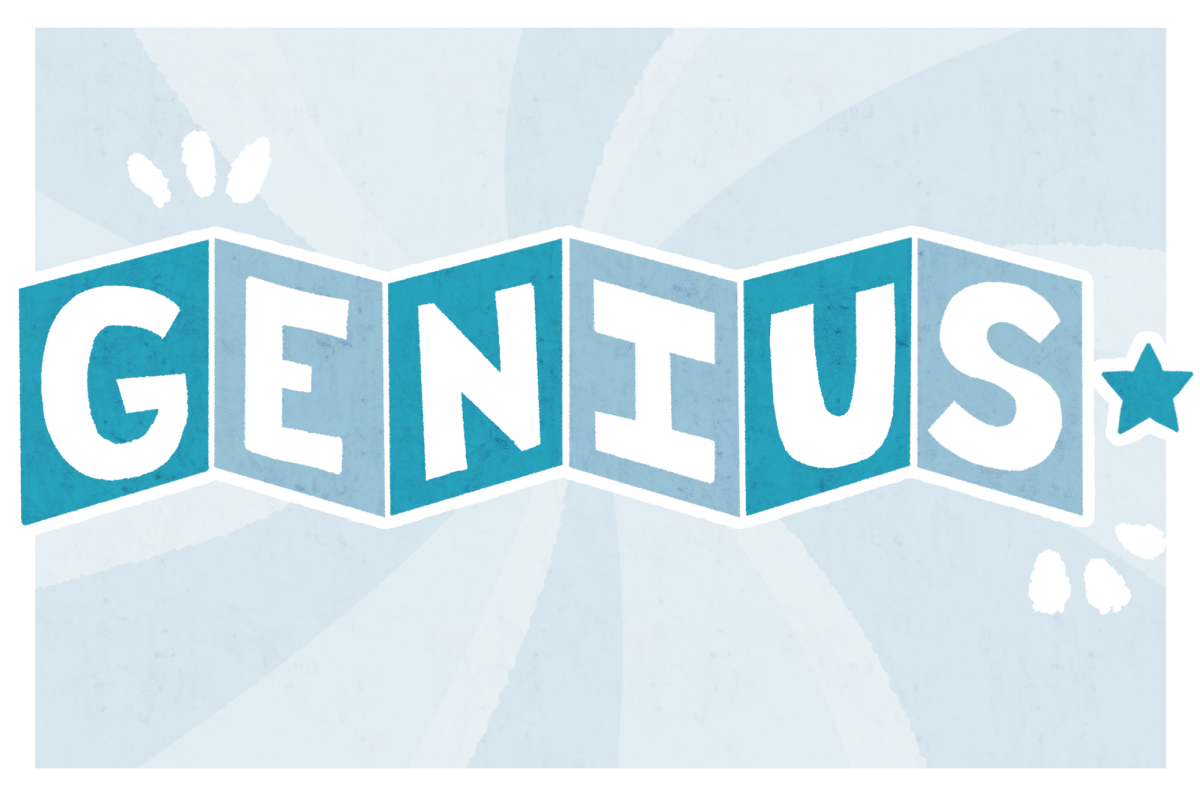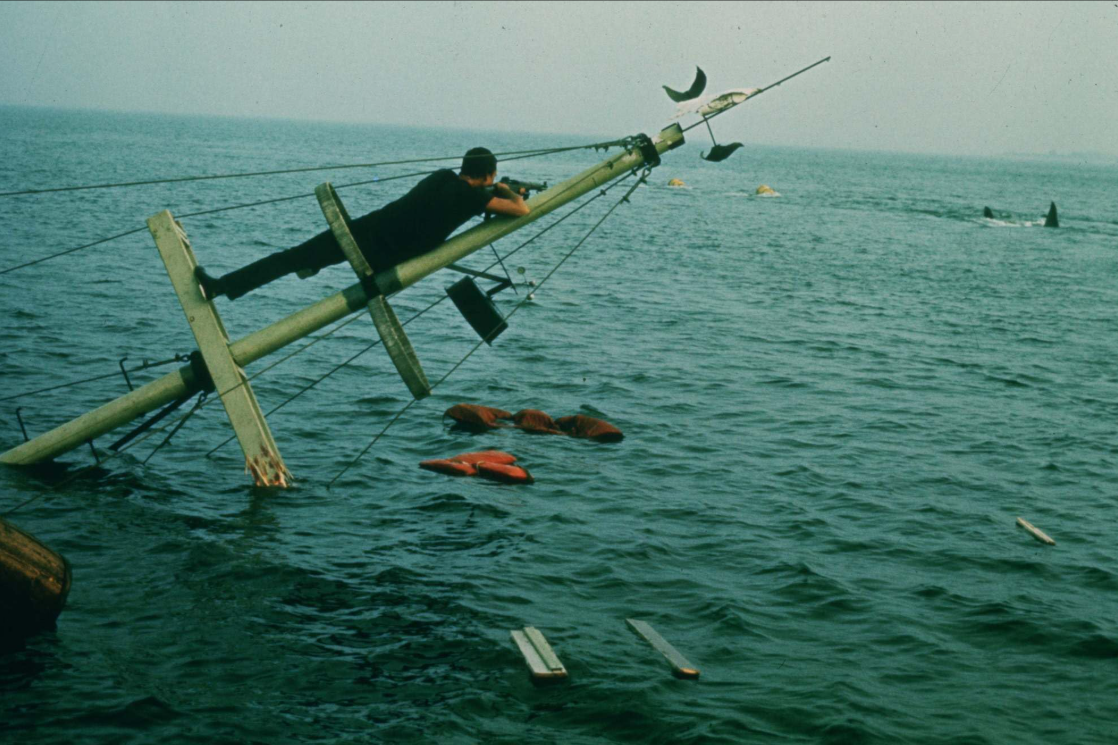There’s no doubt that artificial intelligence has become a crucial part of various people’s lives. Technology users increasingly rely on ChatGPT and functions like TikTok’s text-to-voice filters.
AI’s reach has extended so far that even entertainment mediums like film have begun to see its effect.
Before last year, the use of AI was fairly uncommon. Debates kicked off with the release of “Late Night with the Devil,” where it was revealed that AI was used to create several pieces of artwork in the movie’s in-universe commercial breaks.
It brought up several conversations about the general use of AI in films. “Late Night with the Devil” received mixed responses: extreme backlash and boisterous defense.
Several viewers criticized the film for this usage, calling out their disappointment on how artists could’ve been hired for the artwork used rather than relying on AI.
Get The Daily Illini in your inbox!
Others stood by the filmmakers, arguing that the independent film company saw their use of AI as a way to lower costs for a fairly small-scale film in comparison to the larger-scale movies from Disney or Universal.
Regardless, the filmmakers attempted to maintain a distinct, non-AI-reliant art style. In a statement given to Variety, directors Cameron and Colin Cairnes commented on using AI in their film.
“In conjunction with our amazing graphics and production design team, all of whom worked tirelessly to give this film the ’70s aesthetic we had always imagined, we experimented with AI for three still images which we edited further and ultimately appear as very brief interstitials in the film,” the Australian siblings said.
AI usage gets complicated when independent production companies see AI as a resource for lack of funds — the seven companies behind “Late Night with the Devil” exemplify this.
The controversies didn’t stop there. Recent reports reveal that the Academy Award-nominated film “The Brutalist” used generative AI to refine Adrien Brody and Felicity Jones’ accents.
In an interview with Red Shark News, the film’s editor, Dávid Jancsó, explains how he used Respeecher — a program that fine-tunes others’ voices.
“Most of their Hungarian dialogue has a part of me talking in there,” Jancsó said. “We were very careful about keeping their performances. It’s mainly just replacing letters here and there. You can do this in ProTools yourself, but we had so much dialogue in Hungarian that we really needed to speed up the process, otherwise we’d still be in post.”
Initial reports suggested AI aided in accent correction and architectural design for the film. Director Brady Corbet addressed these comments in an interview with Deadline.
“Judy Becker and her team did not use AI to create or render any of the buildings,” Corbet said. “All images were hand-drawn by artists. To clarify, in the memorial video featured in the background of a shot, our editorial team created pictures intentionally designed to look like poor digital renderings circa 1980.”
These uses of AI seem harmless and non-problematic for the industry, but at what point does it stop? At what point do filmmakers decide to implement AI in forms that are beyond a simple drawing or audio editing?
This is a bleak outcome, but there’s no easy way to predict what will happen. AI is becoming a new norm in the film industry, paving the way for filmmakers to cut corners. Filmmaking is no easy feat, but artists craft it with a labor of love. AI can destroy the heart and soul of your project, even if you never intended for it to.






